One winter’s night before the Ukraine War, I was on a train that stopped at a remote station deep in the Russian arctic. It was late November. The mercury stood at fifteen degrees below zero — the hard, dry frost of the far north. The train stood silent, wreathed in the coal smoke of the stoves that heated every carriage. The village’s name was Kharp. Though I did not know it at the time, Kharp is home to the FKU IK-3 penal colony, a Soviet-era arctic facility known as Polar Wolf where Alexei Navalny has just died.
It was here that the Putin regime, with its rigid deafness to irony, chose to imprison Navalny for his final agony
I wanted to catch a glimpse of the Northern Lights, so I pulled on a couple of coats and headed outside. There was nobody on the snowbound platform except a single female stationmaster who stood, swaddled in sheepskin, holding a triangular flag ready to send the locomotive on its way after the approved number of minutes’ stop. The sky was a purest black and arrayed with stars of an extraordinary brightness. Beyond a screen of pines a low-rise scattering of Soviet five-story prefabricated buildings was visible. In the moonlight to the east rose the distant massif of the Urals.
Low on the northward horizon — we were just a couple of degrees below the Arctic Circle — I caught a glimpse of flickers of ethereal green fire in the sky. I cannot describe their strangeness. This was a world of round-the-clock polar night, illuminated by eerie magnetic flares in the heavens. A more hostile environment for human life would be impossible to imagine. Yet the windows of the huddled apartment buildings were illuminated with warm electric light. Somewhere between me and the Northern Lights, unknown to me, the 1,300 prisoners of Polar Wolf slept the sleep of the damned.
I was on my way from Salekhard to Vorkuta along the only still-functioning section of a railway known as the Transpolar Mainline, dubbed by historians the railway of death. From its inception in 1947 to its abandonment in 1953, the Salekhard-Igarka line employed some 120,000 Soviet gulag slave laborers, 20,000 of whom perished in its construction. It was a classic late-Stalinist project — obscure in purpose, massively expensive in money and human lives and abandoned on the dictator’s death.
All the towns and cities along the Transpolar Mainline are islands — hence Aleksandr Solzhenitsyn’s coinage of the Gulag Archipelago. There is no road from Kharp to the rest of Russia — nor is there one from the gas-rich regional capital of Salekhard, in whose morgue Navalny’s mother is waiting for the delivery of her son’s body. Indeed Salekhard itself is not even on the train line. The railhead is at Labytnangi, on the opposite side of the mighty Ob river, nearly one-and-a-half miles wide, which is crossable in summer only by ferry and in winter over an ice road built across the surface. In the 1940s an ice railway was laid too. A few forlorn steam locomotives, one of them a monument to the victims of Stalinism, remain stranded on the wrong side of the river. In spring and autumn, the only way in or out of Salekhard is by plane or via a pair of rickety Soviet hovercraft that take a dozen passengers at a time.
This part of the Russian far north remains, essentially, the empire of Vorkutlag, Stalin-era labor camps built to exploit the rich coal reserves of the basin of the Pechora river. Between 1932 and 1962 more than two million mostly political prisoners lived and worked in 132 camps. Today the only export of the city of Vorkuta — also an island with only a single-line railway connection to what the locals call the “mainland” of Russia — remains coal. Most of the pits have closed, along with the peripheral towns built to serve them which have become icebound, post-apocalyptic monuments. In the abandoned stairwells of the Brezhnev-era apartment blocks monstrous icicles nine stories tall have taken over the places once, improbably, inhabited by men. The two collieries still functional spew tall columns of black coal dust high into the dark sky like a pair of toxic blowing whales.
Many Poles were imprisoned in Vorkutlag, as well as Balts. In a shameful reproach to modern Russians, the memory of the Polish and Lithuanian prisoners who died in this bleak place is commemorated by a well-maintained and monumental cemetery. The many tens of thousands more Russian prisoners’ graves lie forgotten under snowdrifts. No trees grow here, nor are there any birds.
When Stalin died most of Vorkutlag was abandoned — though many prisoners, incredibly, agreed to stay on as civilian miners and workers. But in 1960 the FKU IK-3 penal colony was built in Kharp to house the hardest criminals of the Soviet Union. It almost defies imagination that the Stalin gulag remained alive in this nightmarish location — almost as if a prison were still being operated at Auschwitz. But it was here that the Putin regime, with its rigid deafness to irony, chose to imprison Alexei Navalny for his final agony.
The train whistle blew. I stepped back on board into the warm fug of my carriage. The Kharp stationmaster waved her flag, and the train pulled out of the station. The rails below us had been laid with an infinity of human pain.
This article was originally published in The Spectator’s UK magazine. Subscribe to the World edition here.



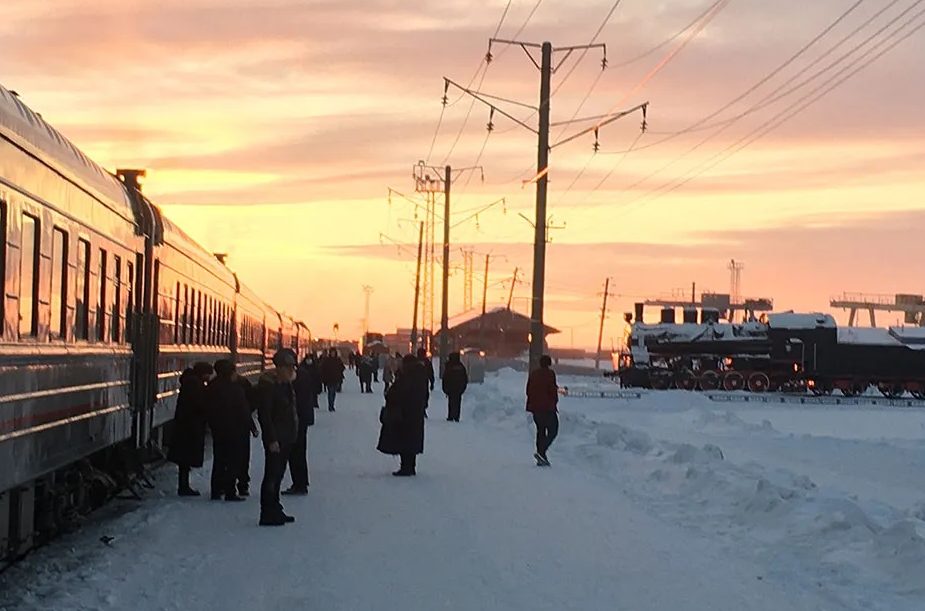







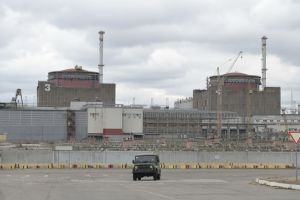
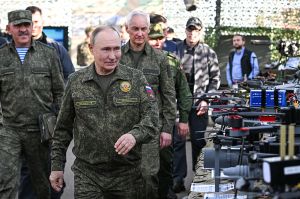
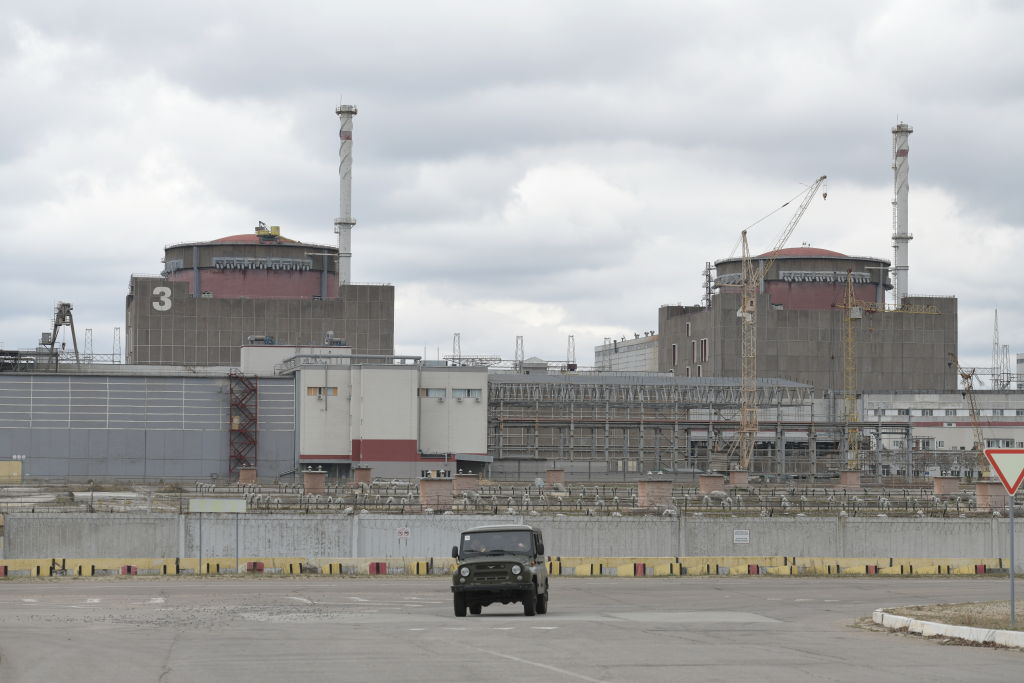
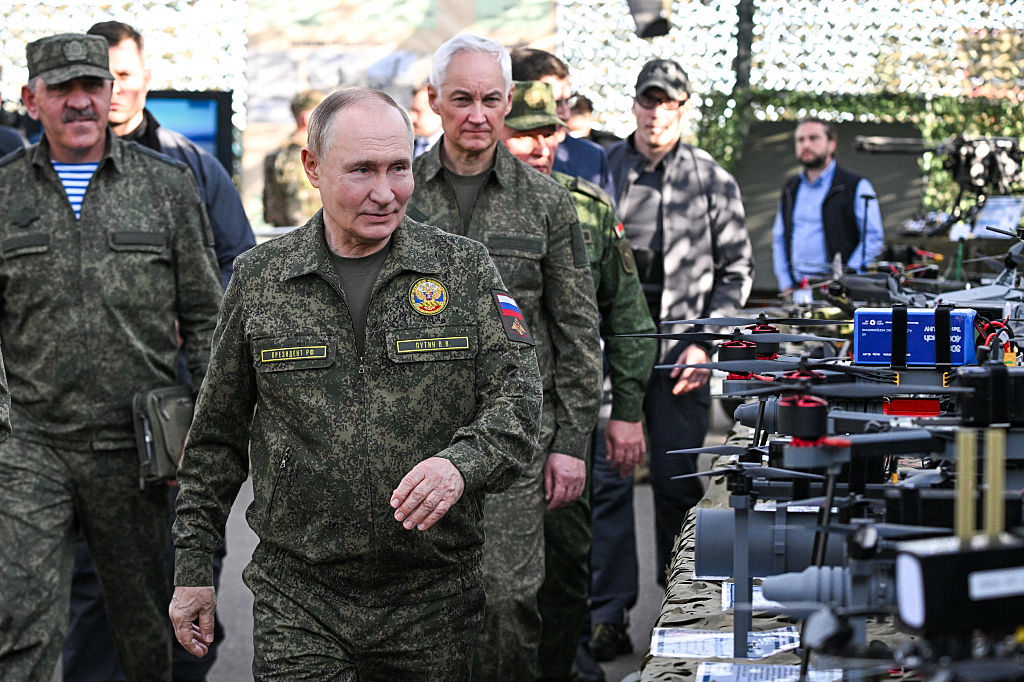
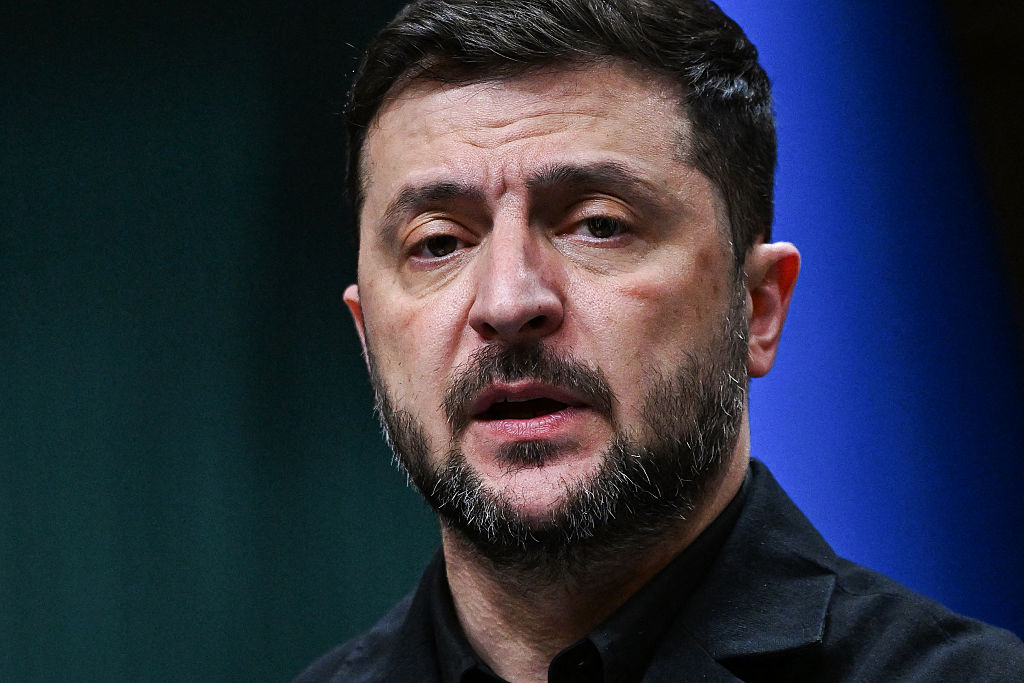
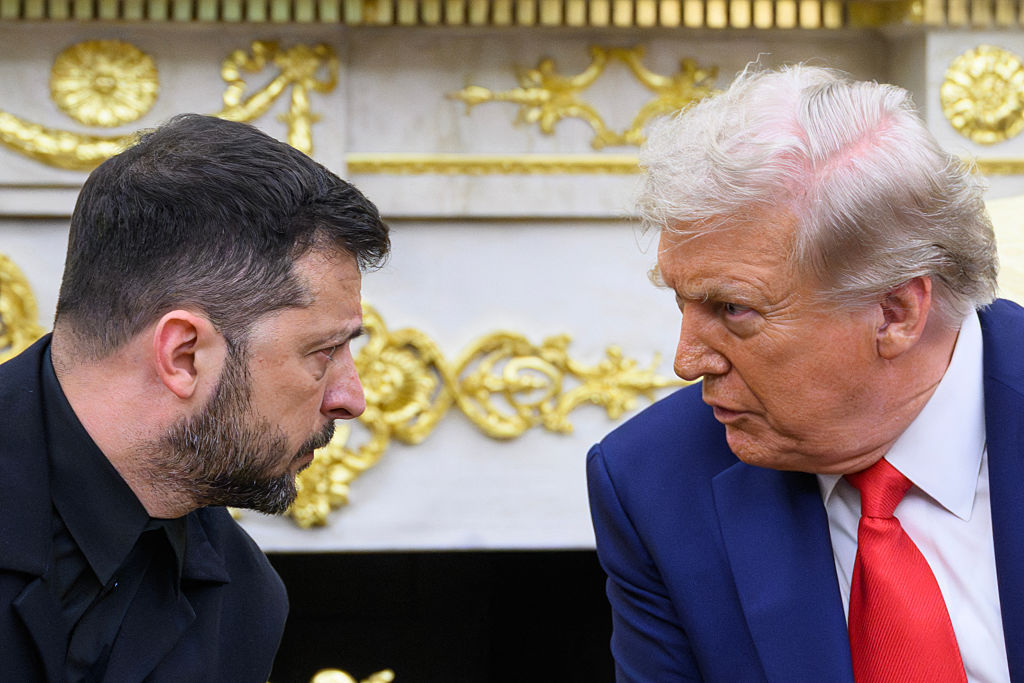
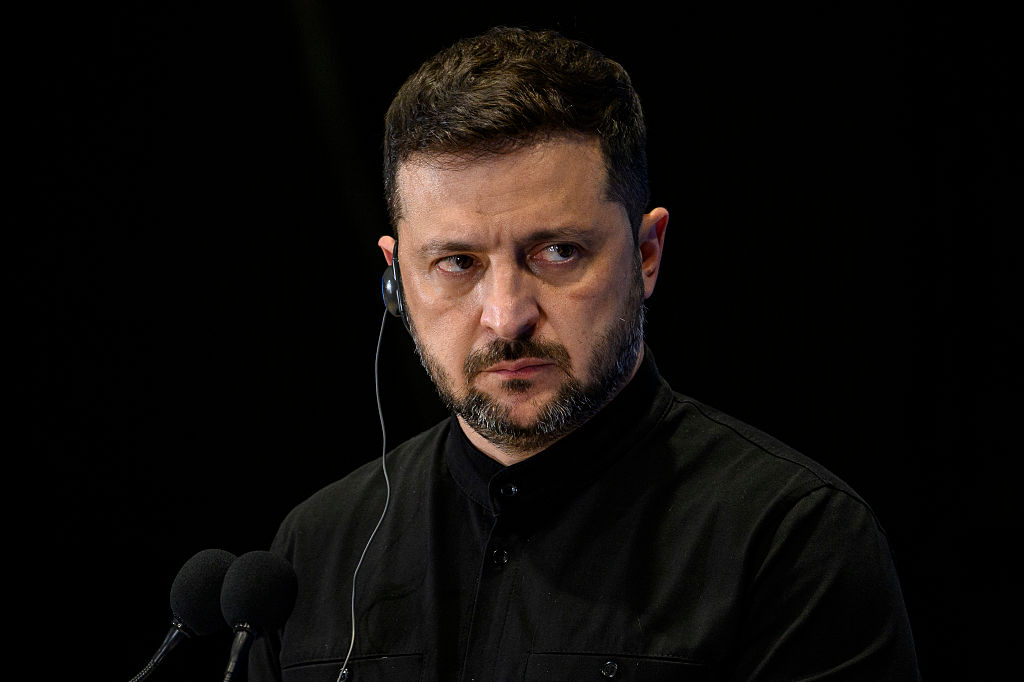
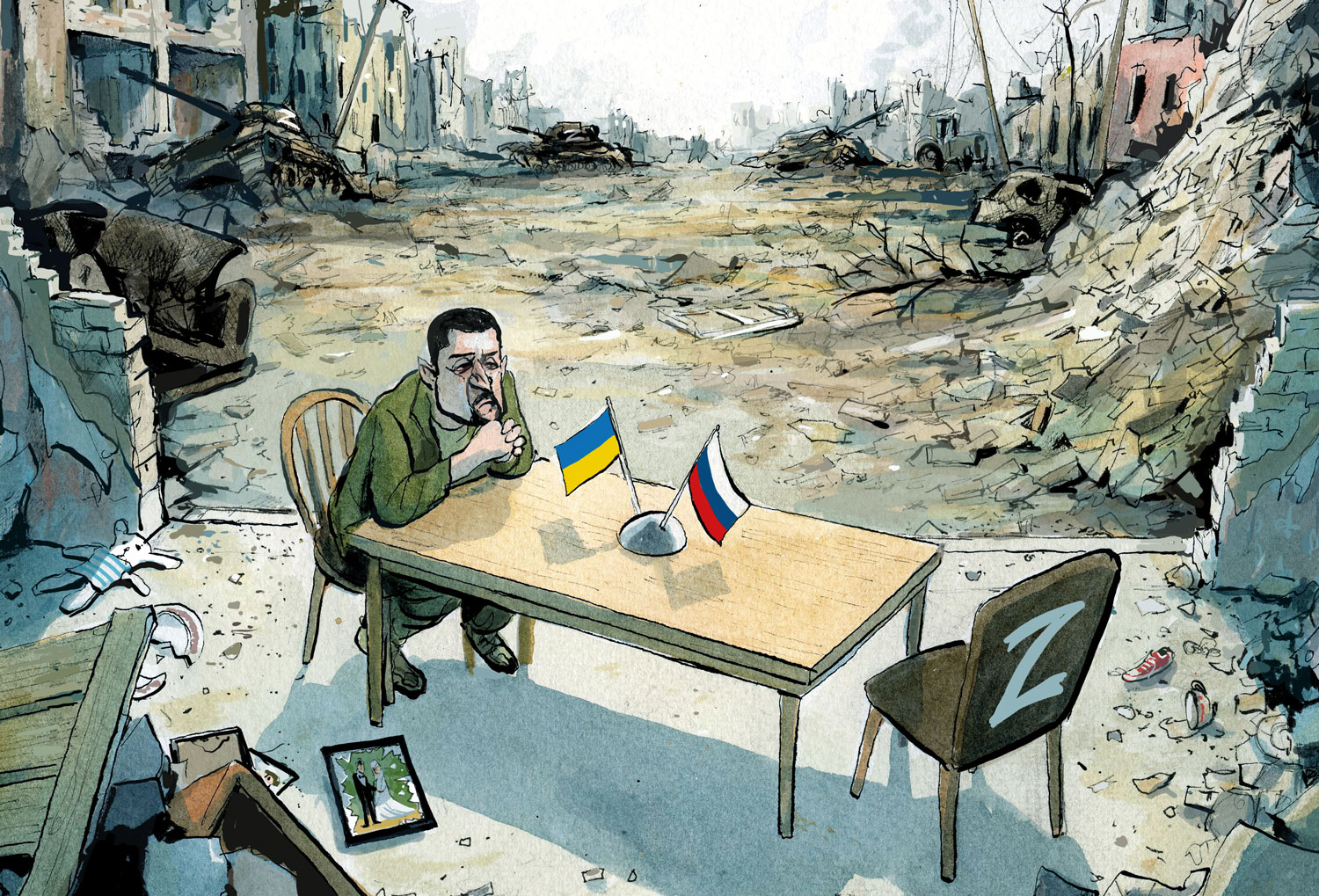







Leave a Reply